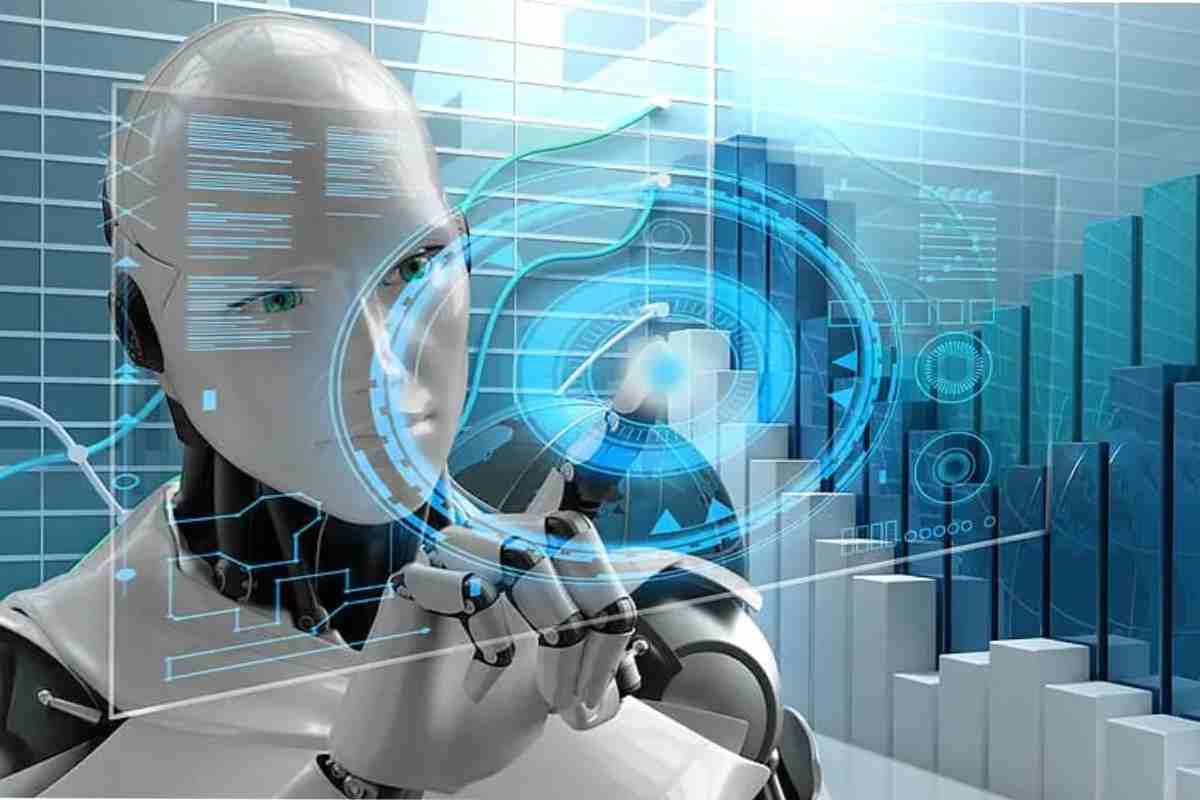Machine vision is a technology that will help robots and other machines, like autonomous vehicles, to see and recognize objects in their surrounding environment. This process works with the help of machine learning and AI tools that will analyze and process image data in autonomous vehicles. Also, robots equipped with machine vision systems cannot perform complex tasks.
There has been increased use of machine vision because it helped robotics. This happens because advancements in deep learning allow robots to analyze what they are looking at. And robots can complete tasks that once seemed impossible or too expensive.
How does Machine Vision Work?
Machine vision system will require a light source set up within the facility where it will operate so that the camera will clearly capture objects, humans, or other features within its surroundings.
Once the robot captures the image, the visual data stand to a processor that will analyze the image using machine learning and artificial intelligence algorithms. The data was collected from other sensing modalities such as microphones, radar, and more. After processing the image and other data, the robot communicates this information. From here, the machine can make appropriate decisions on taking action that can improve safety and efficiency.
Applications
Just as humans rely on their senses to do the work and interact with the world, robots do the same as humans with the help of machine vision. For example, someone will stop the car if something is crossing the street. The same thing happens with the self-driving car with the help of machine vision systems. And one thing about this is that it is more accurate and safe than humans.
Let us look at adding more applications:
- One of the significant examples of this is self-driving cars for automation, which are now very common worldwide.
- It is used in assembly lines to inspect which parts need improved quality control.
- This will help robots work in a warehouse to locate products and navigate their surroundings.

